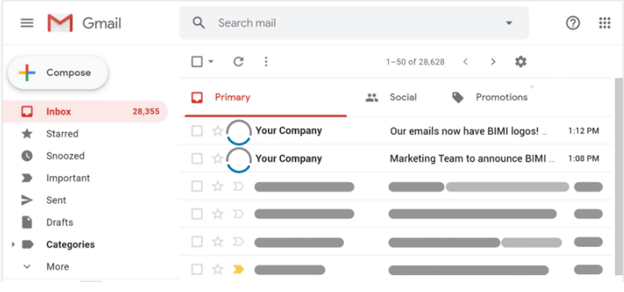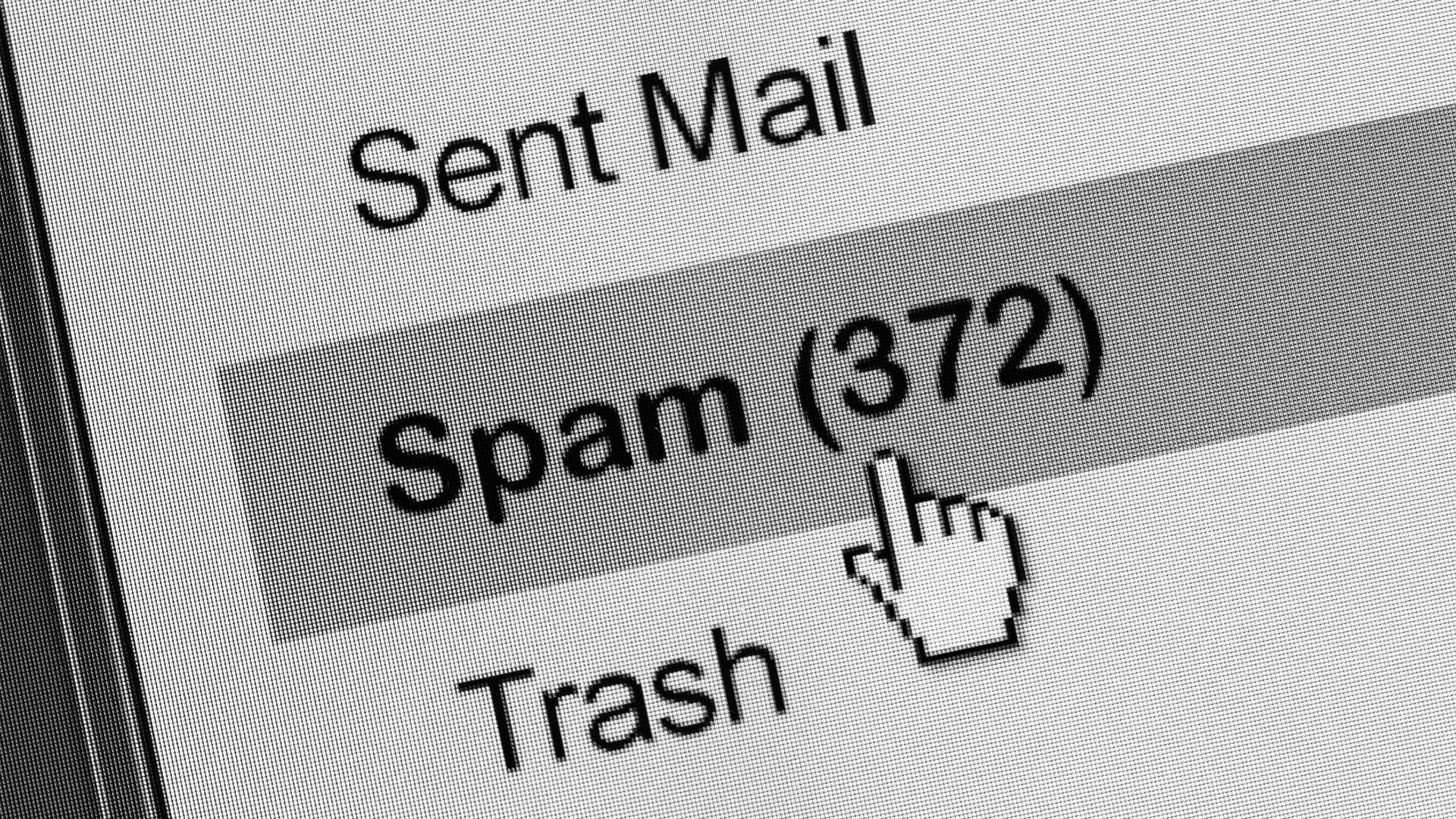As fraud, phishing and spoofing are getting more and more common, recipients are becoming worried about the emails that get delivered to their mail inbox on a daily basis.
According to Retruster, 60% of Americans state that they or their family members have fallen victims of email scamming.
As a result, to stimulate email protection and minimize such acts, a new layer of protection has been added to email verification and authentication known as BIMI (Brand Indicators for Message Identification).
What’s BIMI?
BIMI is a process that adds your company’s logo to your authenticated email messages so they will appear at the beginning of your subject line aside your email sender, subject line and preheader.
This is how it looks like:

The good thing about BIMI is that it removes any email recipient’s doubt that the email message might be a scam as the brand’s logo is visually represented in front of them. This allows your subscribers to easily recognize and trust the emails that you send, even before opening them.
Email marketers use BIMI to build brand visibility and boost open rates.
How does BIMI impact deliverability?
Although adding BIMI doesn’t guarantee 100% deliverability rate, it definitely increases the probability for emails to reach the recipient’s inbox.
When your contacts trust your brand in the inbox, unsubscribes and spam complaints are likely to decrease which will in turn have a positive impact on deliverability.
As mentioned earlier, the attached logo removes any suspicion of whether or not the email message comes from your brand. Moreover, when BIMI becomes more common in the future, it will reduce the likelihood for phishing and spamming.
How to create a BIMI record?
Before selecting the logo that you want your email recipients to view in their inbox, you need to make sure that your SPF, DKIM and DMARC are all properly authenticated.
Again for those who still don’t know what these key terms mean, below is the definition for each:
SPF: Authenticates your domain so you become permitted to send emails from your brand’s email address without harming your IP reputation.
DKIM: Adds a digital signature to your emails in order to prove to mail providers that your domain sent the message and that you’re in charge of your email content.
DMARC: Tells inbox providers how to deal with emails that are not authenticated, using SPF and DKIM.
Further information about BIMI and how to set it up on your domain DNS can be found here.
Don’t forget to share this article
